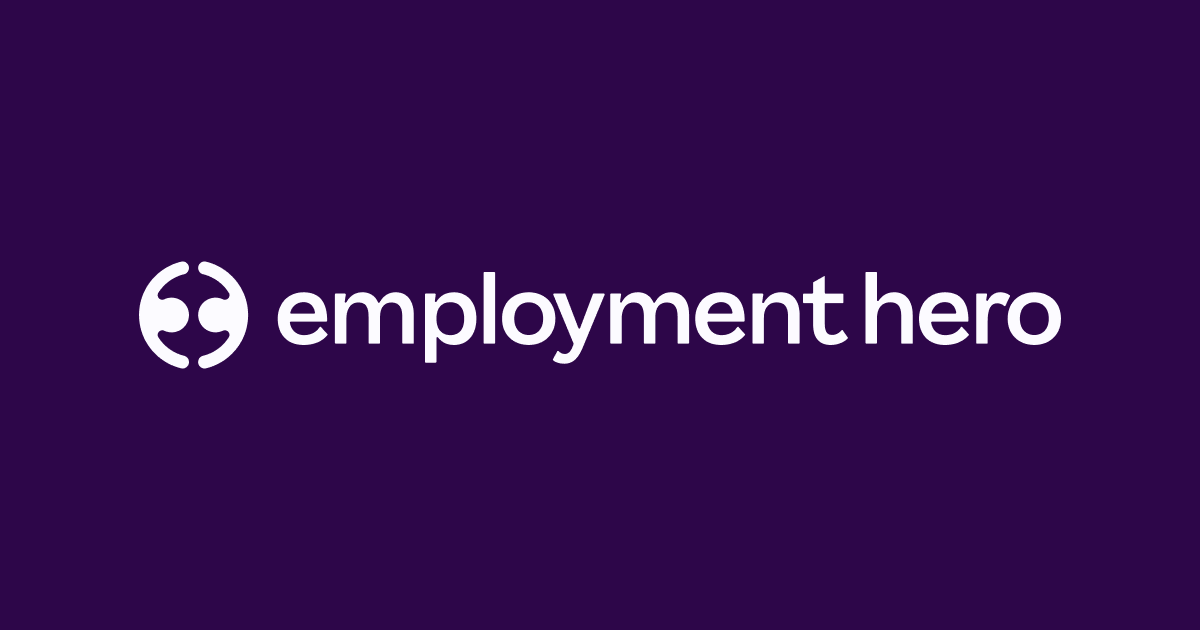For many employers, receiving their first AEO can spark concern. The legal terminology, strict timescales and calculation requirements might seem daunting, but they’re actually part of a well-established system designed to help people repay debts while protecting their basic living standards.
This guide offers clarity around the entire process, from that initial moment when the envelope arrives through to ongoing compliance and employee support. Whether you’re an HR professional or this is your first encounter with attachment orders, you’ll find practical, step-by-step guidance to handle these situations.
What is an Attachment of Earnings Order?
An Attachment of Earnings Order (AEO) is essentially the court system’s way of ensuring debts get repaid when other collection methods haven’t worked. It’s worth keeping in mind that this works differently across the UK, for example Scotland has Earnings Arrestments (EA). It’s a structured, legally enforceable payment plan that operates through the payroll system rather than relying on individuals to make voluntary payments.
These orders apply specifically to employees who receive regular wages or salaries. They’re not applicable to contractors, freelancers or self-employed individuals, whose irregular income streams make them unsuitable for this type of systematic deduction.
AEOs can cover a surprisingly wide range of debts. Criminal fines from magistrates’ courts, child maintenance arrears and civil debts like county court judgments all fall within scope. Each type carries different priority levels and calculation methods, which becomes particularly relevant when multiple orders are in play.
The system includes built-in protections to prevent people from being left unable to meet basic living costs. Courts set protected earnings rates that establish minimum income levels, ensuring that debt recovery doesn’t push employees into genuine hardship. It’s a balanced approach that recognises both the legitimate need to recover debts and the human reality of keeping food on the table.
What to do when you receive an AEO
Your first task is confirming that the named employee actually works for your business. It might seem obvious, but names can be similar, National Insurance numbers can be transcribed incorrectly and people do move jobs. Check the employee’s full details against your payroll records to ensure you’re dealing with the right person.
Once you’ve confirmed the employee’s identity, scrutinise every detail on the AEO. Look at the debt type, creditor information and specific deduction instructions. Pay particular attention to whether this is classified as a priority or non-priority debt, as this significantly affects how calculations work and what takes precedence over other potential orders.
Your payroll system will need updating to accommodate the new deduction. Most modern systems can handle these requirements, but you might need to create specific deduction codes or categories to maintain proper records and ensure the amounts appear correctly on payslips. If you’re looking for a payroll system that can handle these nuanced requirements, you can speak to our payroll experts to get started.
Don’t forget the paperwork. Courts require responses, typically within eight days, confirming receipt and providing essential information about the employee’s earnings and employment status.
AEO action checklist: First eight days:
- Verify employee identity and employment status
- Check all order details (NI number, name, debt type)
- Update payroll system for next pay period
- Employees to complete Form N56 with accurate earnings information
- Send response to specified address within deadline
- Set up record-keeping system for ongoing compliance
- Brief relevant staff on confidentiality requirements
Required forms and timelines
The employee has eight days to return the N56 form and this deadline includes weekends and bank holidays, so prompt action is essential. This is not a guideline or suggestion, but a strict legal requirement that the court monitors closely.
Form N56 (Statement of Earnings) is issued to the employee alongside most AEOs and must be completed by the employee, not the employer. The employee is required to provide detailed information about their gross weekly or monthly earnings, any existing attachment orders, and other relevant deductions that could affect the calculation.
Accuracy is critical, as incorrect or incomplete information from the employee can lead to incorrect deductions and potential compliance issues.
If your employee has variable hours or fluctuating pay, use the most recent representative information available. Don’t try to predict future earnings or average out seasonal variations unless specifically instructed to do so by the order.
Submit the completed form to the address specified on the AEO, this might be the court, local authority or designated collection agency. Keep comprehensive records of what you send and when, as this documentation becomes crucial if questions arise later about your compliance.
How to calculate and apply deductions
AEO calculations follow government-published tables that balance debt recovery with employee welfare. They’re carefully calibrated to ensure people can maintain basic living standards while making reasonable progress on debt repayment.
The deduction tables, updated annually on Gov.UK, specify maximum amounts based on net weekly or monthly earnings after tax, National Insurance and pension contributions. The system recognises that someone earning £300 per week has very different financial capacity compared to someone earning £3,000 per week.
Protected earnings rates sit at the heart of the calculation system. These represent the minimum amount employees must retain to cover essential living costs like rent, food and utilities. No matter how large the debt or how many orders exist, deductions cannot reduce take-home pay below this protected level.
Priority orders get preferential treatment in both calculation methods and payment hierarchy. Maintenance payments and council tax typically allow higher deduction rates than civil debts, reflecting their importance in the broader social framework. When multiple orders compete for limited available earnings, priority debts get first claim on anything above the protected rate.
For employees with irregular earnings, you can calculate deductions based on each individual pay period rather than attempting to average across multiple periods. This approach ensures the protected earnings principle operates correctly even when income fluctuates significantly.
Example calculation of a AEO deduction
Let’s work through a practical example. Consider an employee earning £2,000 gross per month, with deductions for tax, National Insurance and pension contributions totalling £400, leaving net monthly pay of £1,600.
Current deduction tables show that someone with net monthly earnings of £1,600 has a protected earnings rate of approximately £1,070. This means the maximum possible monthly deduction would be £530, though the actual amount depends on the specific debt type and table rates.
For non-priority debts, the deduction might be considerably lower than this maximum. Priority debts like maintenance or council tax could utilise more of the available amount, but still within the protected earnings framework.
Multiple AEOs add complexity but follow logical rules. Priority orders get calculated and applied first, using whatever portion of the available amount above protected earnings they require. Non-priority orders then share any remaining capacity, with some potentially receiving reduced payments or no payments in periods where insufficient funds are available.
The Gov.UK guidance provides detailed calculation examples and current deduction tables that payroll teams should bookmark for regular reference. If you’re still feeling unsure about how to calculate AEO for your employees, reach out to our team of HR and Payroll advisors for more tailored advice.
Employer responsibilities under an AEO
AEOs create ongoing legal obligations. These responsibilities require consistent attention and proper administration throughout the order’s duration. You’ll be expected to deduct the correct amount from each pay period and send payments to the designated recipient within specified timeframes. Most AEOs operate on monthly payment cycles regardless of your normal payroll frequency, though some may have different arrangements clearly stated in the order documentation.
Transparency with employees is legally required. Each deduction must be clearly shown on the payslip, typically as a separate line item that identifies both the amount and the nature of the deduction. Employees have the right to understand how their pay is being affected, and this visibility helps them track progress on debt repayment.
Record-keeping becomes crucial for AEO compliance. Maintain comprehensive documentation of all deductions made, payments sent and correspondence related to the order. These records prove invaluable if questions arise about handling or if courts request additional information during reviews or audits.
Communication with the issuing authority is required whenever circumstances change. Employee departures, extended unpaid leave or significant changes in earnings that affect deduction calculations must be reported promptly to ensure the system continues operating correctly.
Managing multiple orders requires careful attention to priority rules and calculation hierarchies. The total of all AEO deductions cannot breach the protected earnings threshold, regardless of how many orders are in effect simultaneously.
Penalties for employer non-compliance
The consequences of AEO non-compliance can be more serious than many employers realise. Courts don’t take a casual approach to these legal obligations, and penalties reflect the importance of the system in helping people resolve debt issues.
Employers who fail to make required deductions or send payments as specified may become directly liable for the amounts that should have been deducted. This means the employer becomes responsible for paying the employee’s debt, transforming an administrative duty into a direct financial obligation.
Financial penalties can be imposed for various compliance failures, from missed deadlines to incorrect calculations. These fines operate separately from any liability for missed payments and can accumulate over time if problems aren’t addressed promptly.
Contempt of court charges represent the most serious consequence, typically reserved for deliberate non-compliance or repeated failures to meet obligations despite warnings. These charges carry significant penalties and can seriously damage business relationships with courts and other public authorities.
The reputational impact extends beyond immediate penalties. Poor compliance history with HM Courts & Tribunals Service, local authorities or other issuing bodies can affect future dealings and may result in increased scrutiny of your business’s handling of legal obligations.
Regular process audits and comprehensive documentation provide the best protection against penalties, demonstrating good faith efforts to comply with orders even when minor errors occur.
Common AEO compliance mistakes to avoid
Business owners always have a multitude of things on their minds at any given time, but ensuring you abide by AEO compliance is essential. Here is a list of common AEO compliance mistakes you’ll definitely want to avoid:
- Missing the 8-day response deadline to debtors
- Calculating deductions on gross rather than net earnings
- Failing to apply priority order hierarchies correctly
- Not updating deduction amounts when pay changes
- Sending payments to wrong addresses or accounts
- Inadequate record-keeping of deductions and payments
- Not informing employees clearly about deductions
- Continuing deductions after order expires or employee leaves
- Discussing AEOs inappropriately with other staff
How to support employees under an AEO
Supporting employees dealing with AEOs requires balancing genuine helpfulness with appropriate professional boundaries. Approach conversations with sensitivity and discretion. AEOs can be sources of considerable stress and embarrassment, so conduct discussions privately and avoid any mention of the matter in front of colleagues.
Provide clear, practical information about the process. Explain when deductions will start, how they’ll appear on payslips and what employees can expect throughout the duration of the order.
You can also help employees find professional debt advice services. Some organisations offer free, confidential guidance and can provide expertise that employers can’t. Present these resources as helpful tools rather than suggesting the employee needs immediate intervention.
Offer to verify calculations or help employees understand payslip information. While you can’t advise on the debt itself, you can explain the employment-related aspects of how deductions are calculated and applied. This transparency helps people feel more in control of their situation.
One of the most important steps is to ensure fair treatment remains constant. AEOs are confidential matters that should never influence performance reviews, promotion decisions or other employment-related opportunities. Financial difficulties don’t reflect work performance, and maintaining this separation is both legally and fundamentally important.
Consider whether existing employee support services might be relevant. If you offer employee assistance programmes or other wellbeing resources, these could provide valuable support, though any suggestions should be made tactfully and without pressure.
How can Employment Hero help
Attachment of Earnings Orders can seem complex at first, but the right tools can help them become a manageable part of payroll administration. Prioritising accuracy, transparency, and confidentiality helps both your business and your employees navigate these orders smoothly.If you’re ever unsure about calculations, deadlines, or the right way to handle multiple orders, our payroll and HR Advisory teams are here to provide guidance tailored to your business.
News
Berita
News Flash
Blog
Technology
Sports
Sport
Football
Tips
Finance
Berita Terkini
Berita Terbaru
Berita Kekinian
News
Berita Terkini
Olahraga
Pasang Internet Myrepublic
Jasa Import China
Jasa Import Door to Door


